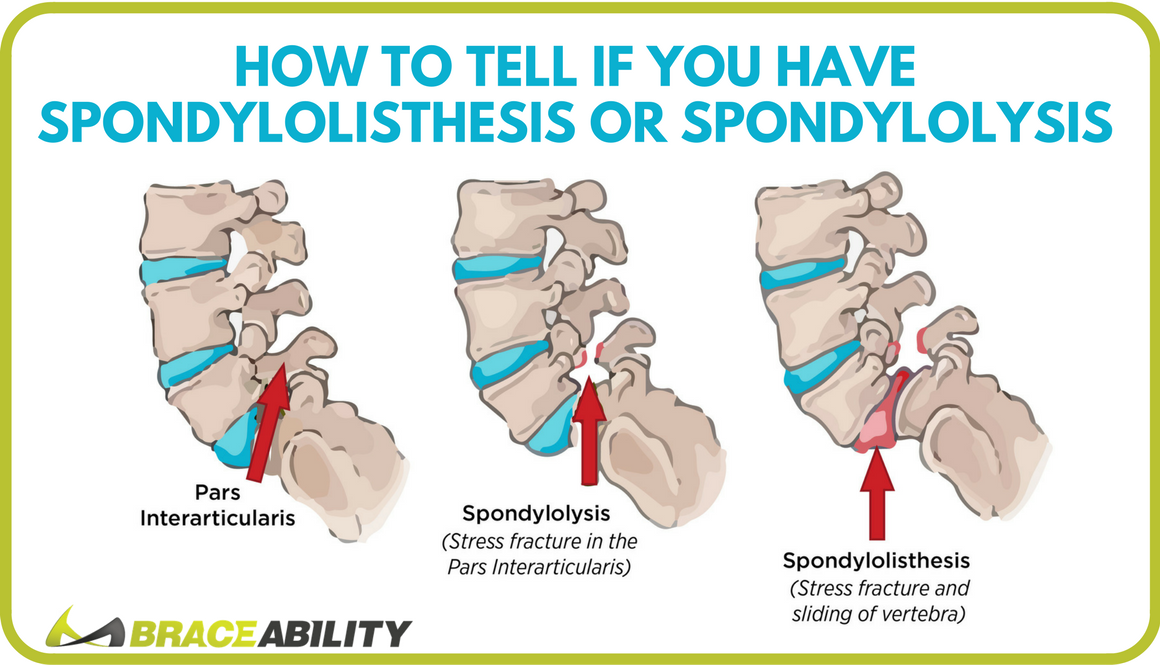Lumbar Spondylosis, often affecting the disks in the lumbar region, can lead to several complications when disks herniate. The protruding disk may press against spinal nerves, resulting in various symptoms. Common symptoms of lumbar spondylosis include low back pain, leg pain, and signs of nerve compression. Lumbar radiculopathy, a condition caused by nerve compression or inflammation, may present as pain or tingling that extends to the hip or down the leg.
It’s important to note that spondylosis does not always produce symptoms. When they do occur, they typically manifest as neck or back pain or stiffness. A significant complication of spondylosis is spinal stenosis, a narrowing of the spinal canal, potentially leading to compression of the spinal cord or nerve roots.
Spondylosis refers to the age-related changes in the spinal bones (vertebrae), cartilage, and discs. Also known as osteoarthritis of the spine, arthritis of the spine, and back arthritis, spondylosis can exert pressure on spinal nerves where they join the spine (nerve roots). Degenerative scoliosis, another related condition, is a sideways curve in the spine that occurs in adults due to spinal degeneration and is also associated with spondylosis.
Lumbar spinal stenosis, often a result of normal wear-and-tear on the spine, can be caused by various factors including herniated discs, degenerative disc disease, and osteoarthritis of the spine. Trauma to the spine can also lead to stenosis. Common triggers for low back pain include muscle strain from heavy lifting or twisting, sudden jolts in accidents, stress on spinal bones and tissues leading to a herniated disc, or spondylosis.
Treatment for spondylosis includes medications, exercise, physical therapy, surgery, and other methods. An evaluation with a top neck and back doctor is recommended for personalized treatment plans.

For more information on lumbar spondylosis and its degeneration, visit University of Texas Health Science Center. Learn about the condition in depth at Hospital for Special Surgery. Explore patient care options for spondylosis at Columbia Neurosurgery. Discover more about spondylosis at the University of Utah Health. For comprehensive information, visit the Oregon Health & Science University. Understand degenerative scoliosis causes, symptoms, diagnosis, and treatment at Hospital for Special Surgery. Get insights into lumbar spinal stenosis at Hospital for Special Surgery. Lastly, an in-depth overview of low back pain can be found at Hospital for Special Surgery.


